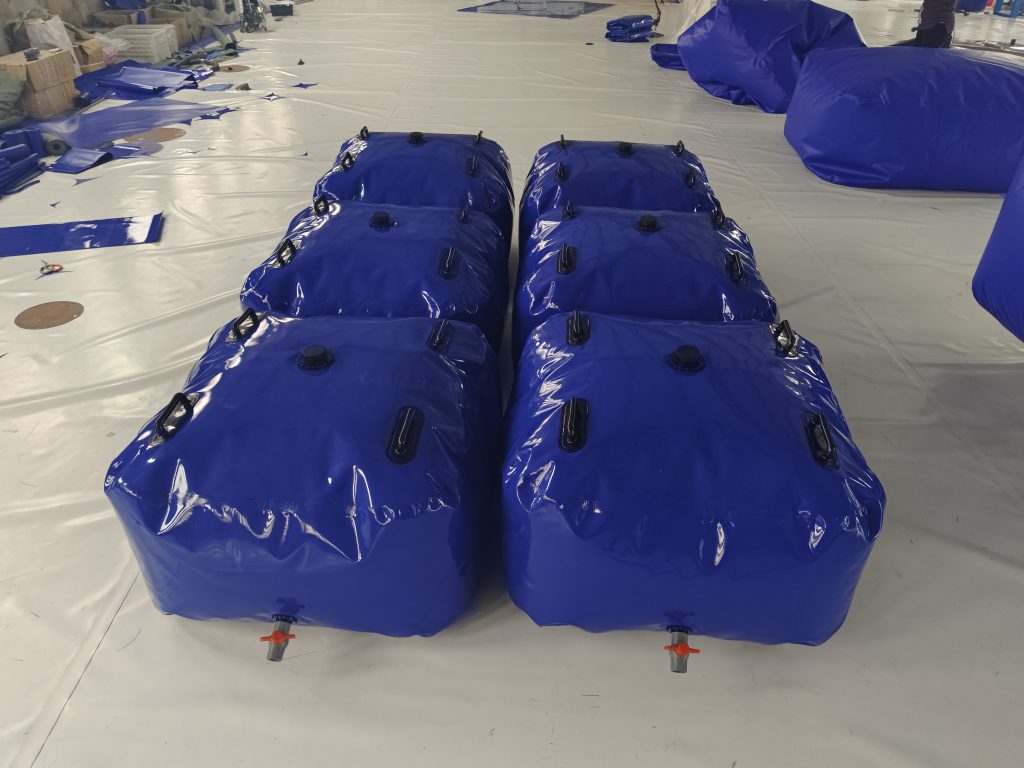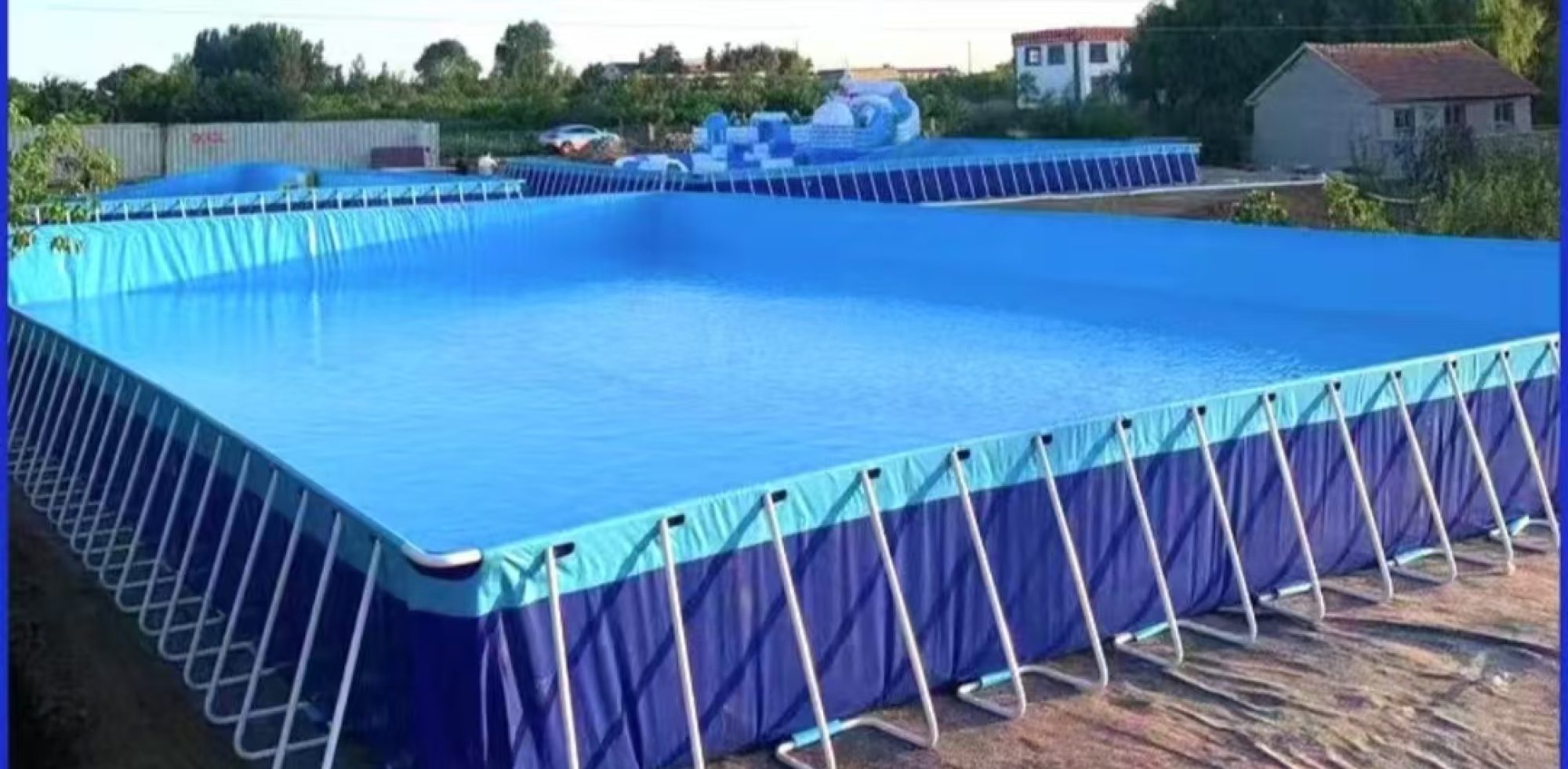Polyvinyl chloride (PVC) water bladders represent a critical innovation in fluid storage and transportation systems, offering versatility, durability, and cost-efficiency across multiple industries. This article examines the structural design, material properties, operational advantages, and diverse applications of PVC water bladders, while addressing their role in addressing modern industrial and environmental challenges.

1. Introduction to PVC Water Bladders
PVC water bladders are flexible containment systems fabricated from polyvinyl chloride, a synthetic polymer renowned for its chemical stability, mechanical strength, and adaptability. These bladders are engineered to store and transport liquids, including water, chemicals, and non-flammable fluids, under varying environmental conditions. Their modular design and lightweight structure make them indispensable in scenarios requiring rapid deployment or temporary storage solutions.
2. Material Properties and Structural Design
2.1 Material Composition
PVC water bladders are manufactured using high-grade PVC resins, often reinforced with polyester meshes or woven fabrics to enhance tensile strength and puncture resistance. Advanced formulations incorporate UV stabilizers, plasticizers, and anti-microbial agents to extend service life and ensure compliance with hygiene standards.
2.2 Engineering Features
- Multi-Layered Construction: Combines inner liners for fluid containment with outer layers for abrasion resistance.
- Seam Welding Technology: High-frequency welding ensures leak-proof seams capable of withstanding pressures up to 10 psi.
- Port Configurations: Customizable inlet/outlet valves, air vents, and inspection ports for compatibility with pumping systems.
3. Performance Advantages
- Temperature Resilience: Operates effectively within -20°C to +60°C.
- Chemical Resistance: Inert to acids, alkalis, and hydrocarbons (excluding chlorinated solvents).
- Weight Efficiency: 40–60% lighter than rigid tanks, reducing logistical costs.
- Foldability: Compact storage when deflated, enabling efficient transport.
4. Industrial and Environmental Applications
4.1 Emergency Response
Deployed for disaster relief, firefighting, and humanitarian aid due to rapid deployment capabilities.
4.2 Agricultural Irrigation
Facilitates seasonal water storage in arid regions, minimizing evaporation losses.
4.3 Military and Construction
Used for temporary water supply in remote sites and dewatering operations.
4.4 Environmental Compliance
PVC bladders serve as secondary containment systems to prevent hazardous fluid leaks.
5. Market Trends and Sustainability Considerations
The global PVC bladder market is projected to grow at a CAGR of 5.8% (2023–2030), driven by demand in agriculture and disaster management. Innovations focus on eco-friendly PVC formulations with reduced phthalate content and recyclability. Lifecycle assessments highlight a 30% lower carbon footprint compared to steel tanks over a 10-year period.
6. Conclusion
PVC water bladders exemplify the synergy between material science and practical engineering, delivering reliable solutions for fluid management challenges. As industries prioritize adaptability and sustainability, advancements in PVC technology will further solidify their role in global infrastructure and environmental stewardship.

